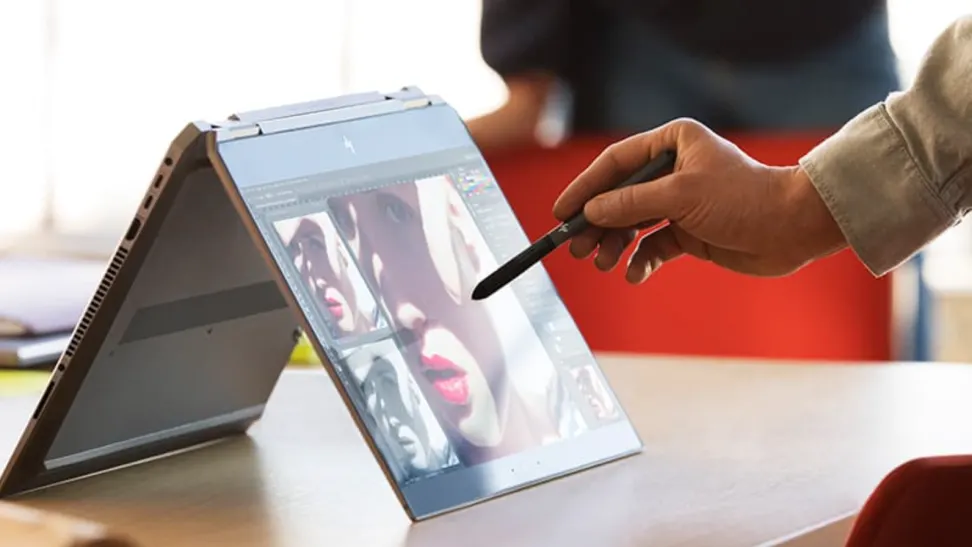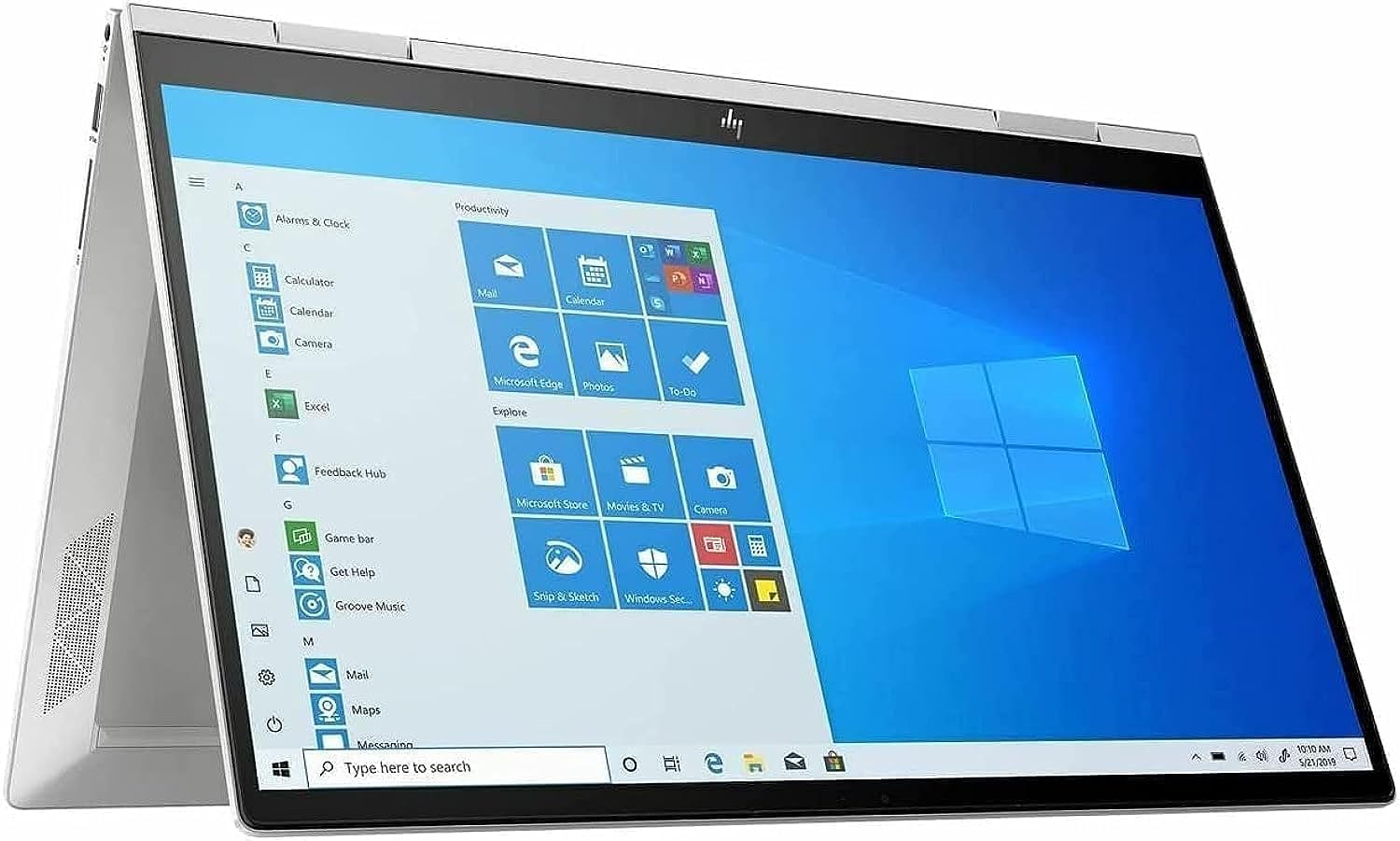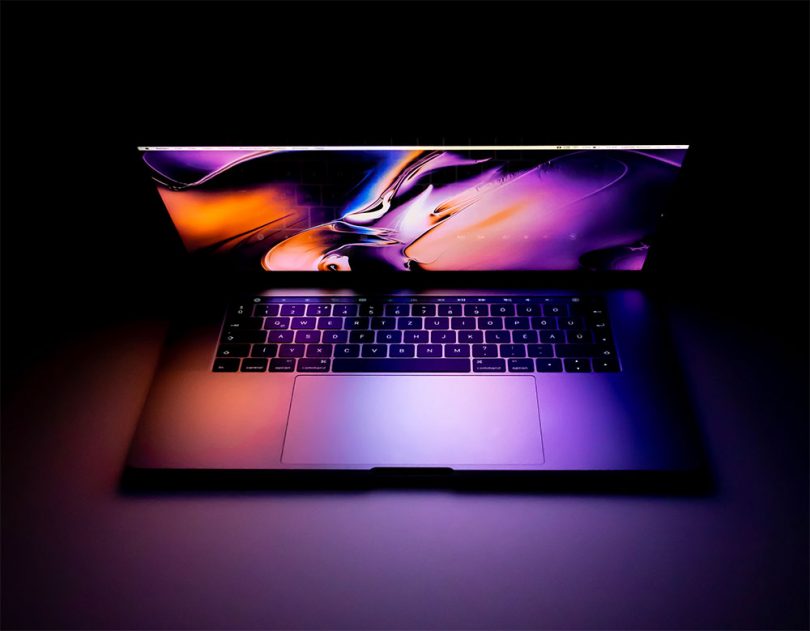In the ever-evolving landscape of technology, the emergence of convertible devices has redefined the way users interact with their digital companions. This article takes a deep dive into the world of convertible devices, exploring the seamless marriage of laptops and tablets and the transformative impact they have on user experiences.
Versatility Redefined: The Essence of Convertible Design
Adaptable Form Factors: Convertible devices, epitomized by 2-in-1 laptops, seamlessly transition between different modes, offering users unparalleled flexibility. With a design that allows for 360-degree rotation, these devices effortlessly shift between laptop, tablet, tent, and stand modes, adapting to the diverse needs of users in various scenarios.
Transformative Hinges: At the heart of convertible devices lies the innovative hinge mechanism. This engineering marvel facilitates the smooth transition between modes while ensuring stability and durability. The hinge not only defines the physical flexibility of the device but also symbolizes the adaptability that modern computing demands.

Convertible Devices
The Dual Nature: A Laptop and Tablet in One Device
Laptop Mode: In its traditional laptop configuration, a convertible device functions as a full-fledged laptop with a physical keyboard and touchpad. Ideal for productivity tasks, content creation, and multitasking, this mode provides the familiar laptop experience for users who require a keyboard for efficient input.
Tablet Mode: By flipping the display or detaching it from the keyboard, the device seamlessly transforms into a tablet. Tablet mode is perfect for on-the-go computing, reading, and consuming multimedia content. The touchscreen interface takes center stage, offering an intuitive and immersive experience for users who prefer a more tactile interaction.
Beyond Traditional Computing: Tent and Stand Modes
Tent Mode: In tent mode, the device is shaped like an inverted ‘V,’ providing a stable stand for the touchscreen display. This configuration is ideal for collaborative activities, such as group presentations or watching videos, creating a shared viewing experience without the need for additional accessories.
Stand Mode: Similar to tent mode, stand mode positions the device as a stand-alone display supported by the keyboard forming a stable base. This mode is excellent for scenarios where a hands-free, upright display is desired, such as video calls, cooking with online recipes, or watching movies.
Balancing Power and Portability: Performance Features
Powerful Processors: Convertible devices integrate powerful processors, often comparable to traditional laptops. Whether equipped with Intel Core processors or AMD Ryzen chips, these devices deliver the computational prowess needed for demanding tasks, ensuring a seamless and responsive user experience.
Compact Storage Solutions: Despite their slim profiles, convertible devices offer a range of storage options. From fast SSDs for rapid data access to high-capacity HDDs for ample storage, users can choose the configuration that best aligns with their storage needs and performance preferences.
Connectivity Hub: Ports and Wireless Capabilities
Versatile Port Selection: Convertible devices come equipped with a variety of ports, including USB-C for high-speed data transfer, traditional USB-A for compatibility with legacy devices, HDMI for external displays, and audio jacks for headphones or microphones. Also, this versatility ensures users can connect peripherals and accessories seamlessly.
Wireless Freedom: Built-in Wi-Fi and Bluetooth capabilities provide users with wireless connectivity options. Whether sharing files, connecting to peripherals, or streaming content to other devices, convertible devices offer a range of wireless features to enhance user convenience.
Conclusion: Embracing the Adaptive Future of Computing
In conclusion, convertible devices represent a paradigm shift in the world of personal computing. Therefore, their adaptable design, transformative capabilities, and robust performance features position them as the go-to choice for users seeking a versatile computing experience. Also technology continues to advance, convertible devices pave the way for a future where adaptability and innovation converge seamlessly.




